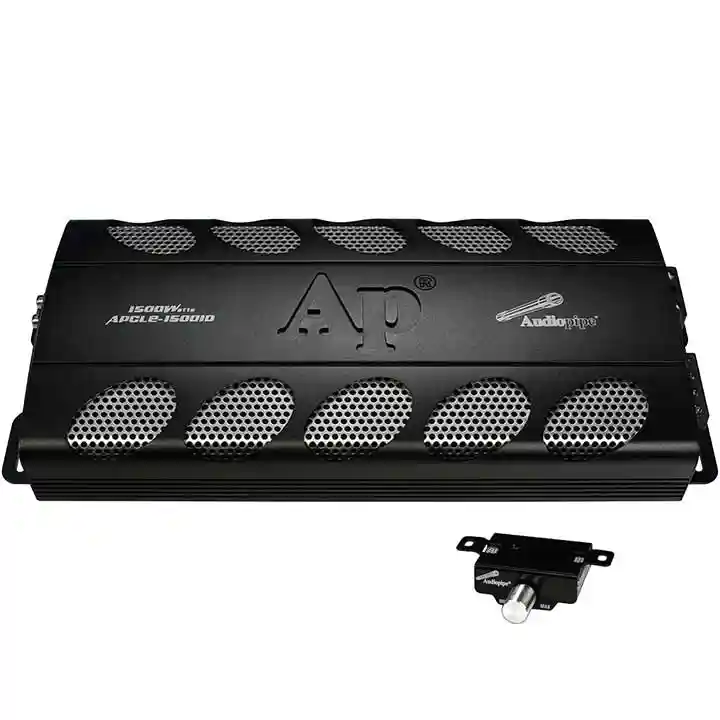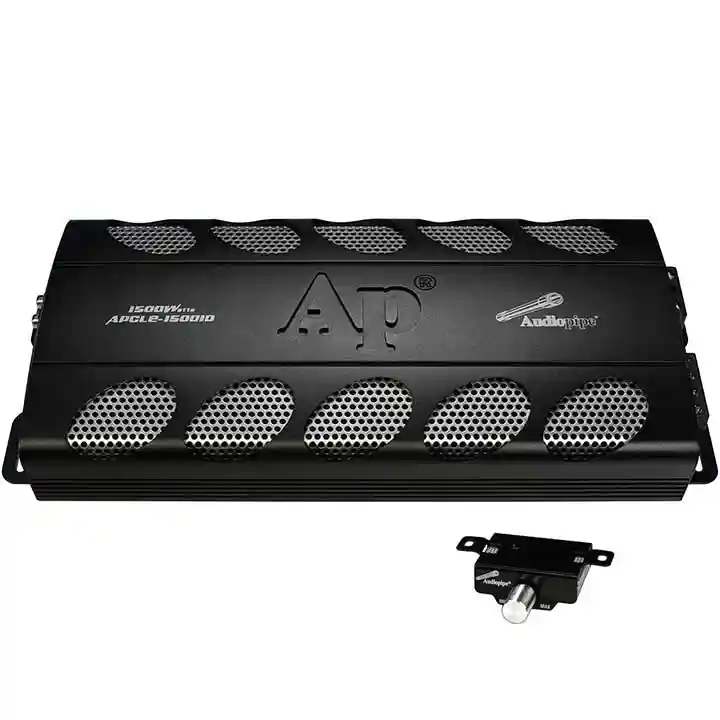Answer
Nov 11, 2024 - 01:14 PM
A Class A amplifier is a type of analog amplifier that continuously conducts the output transistors, offering high linearity and low distortion but with low efficiency, typically around 20-30%, due to constant power draw. In contrast, a Class D amplifier is a type of switching amplifier that uses pulse-width modulation to achieve high efficiency, often above 90%, by rapidly switching the output devices on and off, though it may introduce more distortion compared to Class A.





Add New Comment